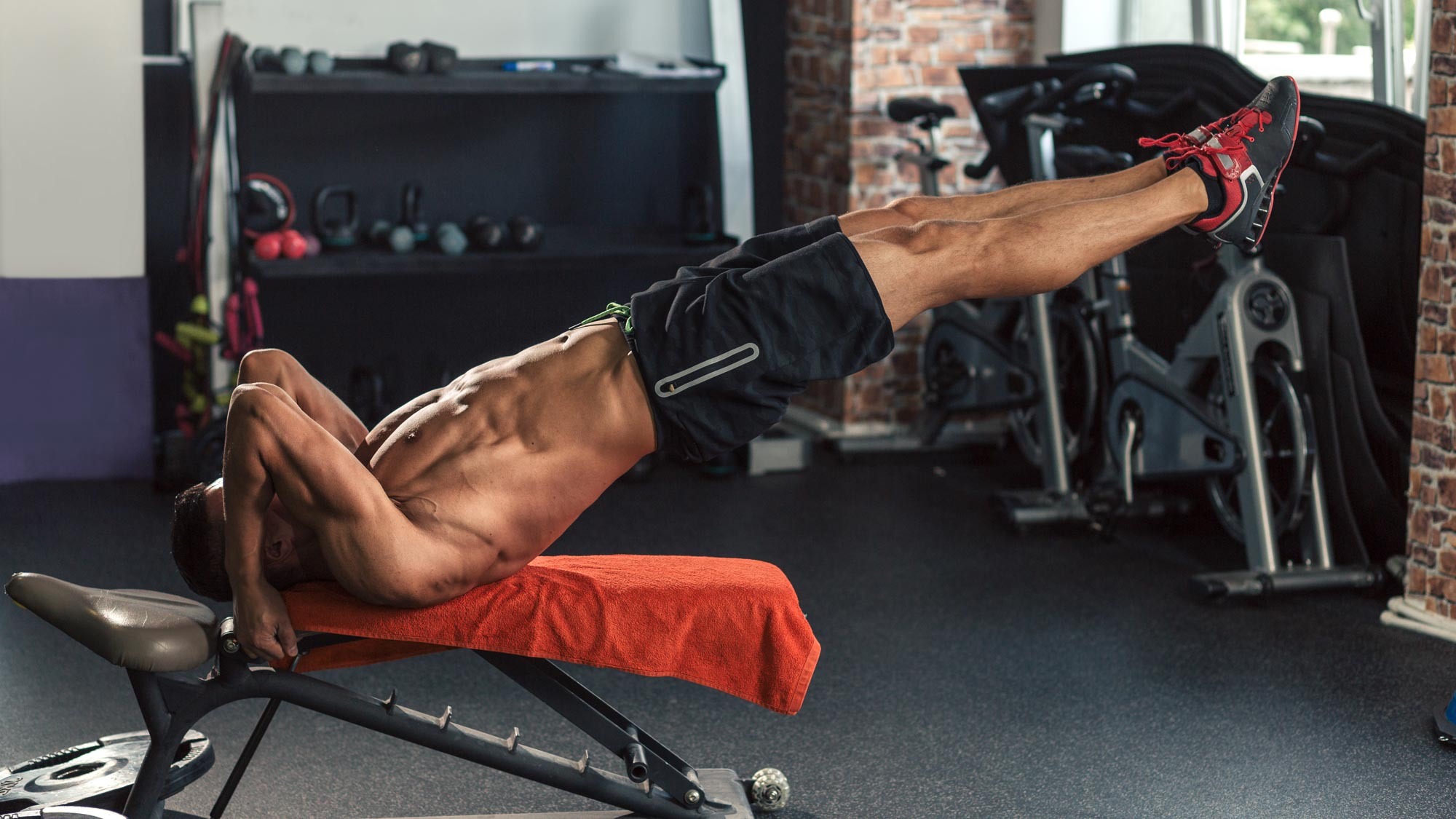I attempted the dragon flag exercise every day for a week — here’s what happened to my abs
Is this advanced ab exercise as hard as it sounds? Our fitness editor found out

Next up on my list of weird and wonderful ab exercises in the name of research was possibly the hardest one yet — my core was in for a beating as I reluctantly said yes to attempting the dragon flag exercise every day. But what is the dragon flag, how do you do it, and what are the benefits when it comes to working your abdominal muscles? Read on to find out more.
Firstly, it’s worth noting that what works for me might not be right for you and your body. If you’re new to exercise, or you’re returning to exercise following an injury, it’s a good idea to check your form with a personal trainer and build up to trying this exercise. This one places a lot of strain on your joints, so is definitely not one for beginners.
How to do the dragon flag exercise
So, how do you do the dragon flag? Here’s everything you need to know:
- For the dragon flag, you won’t need any equipment, but you will need something sturdy to hold on to, like a bench, or a squat rack. Some people use a kettlebell or a dumbbell, but it’s safer to use something completely stable.
- Lie down on your back, and grip the bench with both hands behind your head. Lock your arms in this fixed, overhead position.
- Using your abs, raise your legs, hips, glutes, and lower back off the bench, as if you’re doing a reverse crunch, but keeping your body rigid — you shouldn’t be bending at the hips. Point your toes and keep your legs straight.
- Hold at the top of the movement — your stabilizer muscles will be working extremely hard in this position.
- Slowly, and with complete control, lower your legs, without letting your lower back collapse back into the bench. As your legs lower, only your shoulders and upper back should be in contact with the bench. If your lower back or hips drop to the bench, you don’t have enough core control to do this exercise.
- Hover your legs a few inches from the bench, and repeat. That’s one rep.
As with all abdominal exercises, the key here is to move with good form. If you find that your back keeps collapsing as you lower your legs, this move is too advanced for you, and you should work on your core strength using some of the best ab exercises first.
I attempted the dragon flag exercise every day for a week — here’s what happened
I could only do about three reps before my form suffered
As a marathon runner and a Pilates fanatic, I thought I had pretty good core strength, but on rep one of this challenge, I realized I wasn’t quite dragon flag ready! This move is said to be credited to martial arts master, Bruce Lee, and it turns out my core wasn’t quite rock solid enough to smash out multiple reps day after day.
Arching the lower back in this move is a huge no-no, as not only does it make the move much less effective, but it puts the back under a lot of strain, risking injury. It didn’t take me long to realize I had some work to do, and pivot to an easier variation.
I opted for the dragonfly variation instead
The main difference between the dragon flag and the dragonfly is that with the latter, your knees remain bent at a 90-degree angle, removing some of the weight from the move. Your torso still has to remain rigid from your shoulders to your knees, and your lower back and hips should still be lifted off the bench, but as your knees are bent, this is slightly easier.
Get instant access to breaking news, the hottest reviews, great deals and helpful tips.
I still found this exercise challenging, and by the end of the week, I was still only able to do five or six reps before my back started to arch.
I felt this in my entire mid-section
This exercise works all of the stabilizer muscles in the core, which really have to switch on to keep your body in the lifted position. As I’ve mentioned above, the idea here is to move really slowly, as slowly as possible in fact, to really reap the benefits. This is an example of what we’d call an eccentric exercise, which is designed to keep the muscle under tension for as long as possible. Confused? Read our time under tension explainer here.
My verdict after a week? This one was a real eye-opener and reminded me that not all exercises will suit my body. I definitely need to spend some more time on the Pilates mat, doing V-sits and side planks, before I attempt this one again.
More from Tom's Guide
- I did 50 Windshield Wipers every day for a week — here's what happened to my abs
- Forget Russian twists — this is one of the best ab workouts at home without equipment
- I did this standing ab exercise every day for a week — and was surprised by the results

Jane McGuire is Tom's Guide's Fitness editor, which means she looks after everything fitness related - from running gear to yoga mats. An avid runner, Jane has tested and reviewed fitness products for the past five years, so knows what to look for when finding a good running watch or a pair of shorts with pockets big enough for your smartphone. When she's not pounding the pavements, you'll find Jane striding round the Surrey Hills, taking far too many photos of her puppy.

